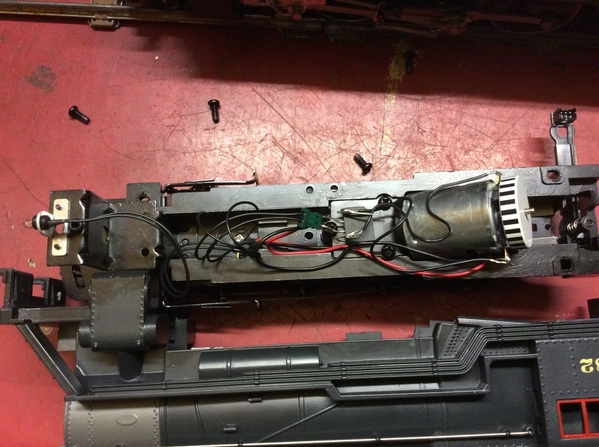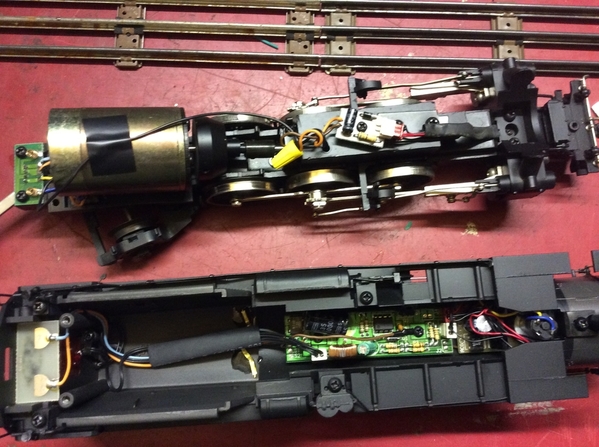so, feeling pleased with the Williams Hudson experiment, I took a punt on a MTH K4S with Protosound 1, which wasn’t making a lot of money on eBay.. advertised as having new battery and traction tyres.
First time if asking, it powered up and ran nicely to and fro.. chuff noise, some “cab chat” at one point, for no obvious reason, but after a while it went into a sulk. Sits there making two bells, then with the air pump noise going and nothing else. I’ve checked the transformer terminals as described, tried Reset 18 as described in the manual, and in a couple of variations described elsewhere - no useful response.
I’m completely baffled, at this point. Turned off the power and gone to bed.
I’m up for suggestions but this loco is going back if it doesn’t resolve itself soon









